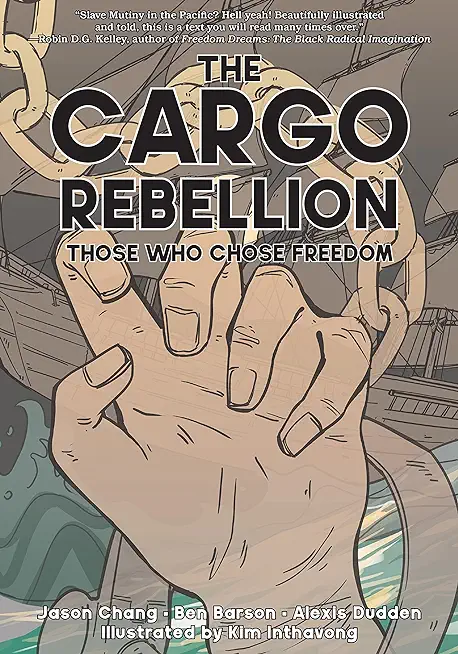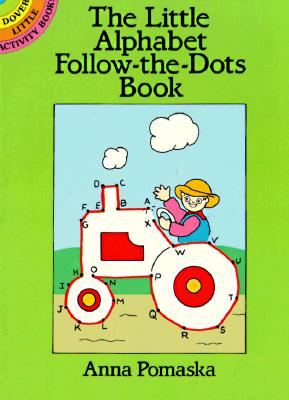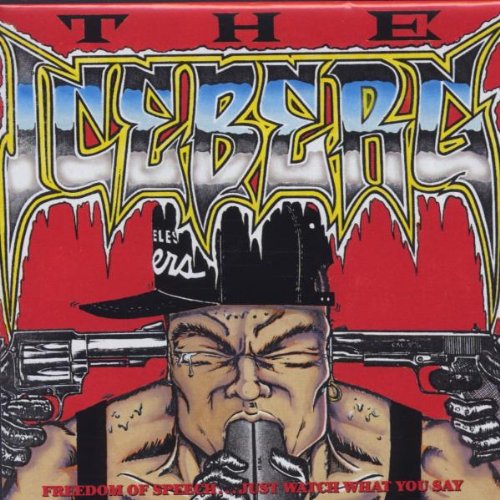
The laborers learned that Bryson's claimed destination of San Francisco was a lie to trick them into deadly servitude in the dreaded guano islands of Peru. Reaching a dramatic tipping point, the mutineers rose up and killed Bryson and several of the ship's officers and then attempted to sail back to China.
This book's centerpiece, a deft graphic account of the rebellion in the context of the "coolie trade" and the struggle to end traffic in human "cargo," is supported by essays that
spotlight the rebellion itself, how the subject of indentured Asian workers is being taught in classrooms, and how Chinese workers shaped the evolution of American music, particularly in the making of the first drum set. The Cargo Rebellion is a history from below that does justice to the memory of hundreds of thousands of indentured workers and demonstrates how Asian migration to the Americas was rooted in slavery, colonialism, and the life-and-death struggle against servitude.







